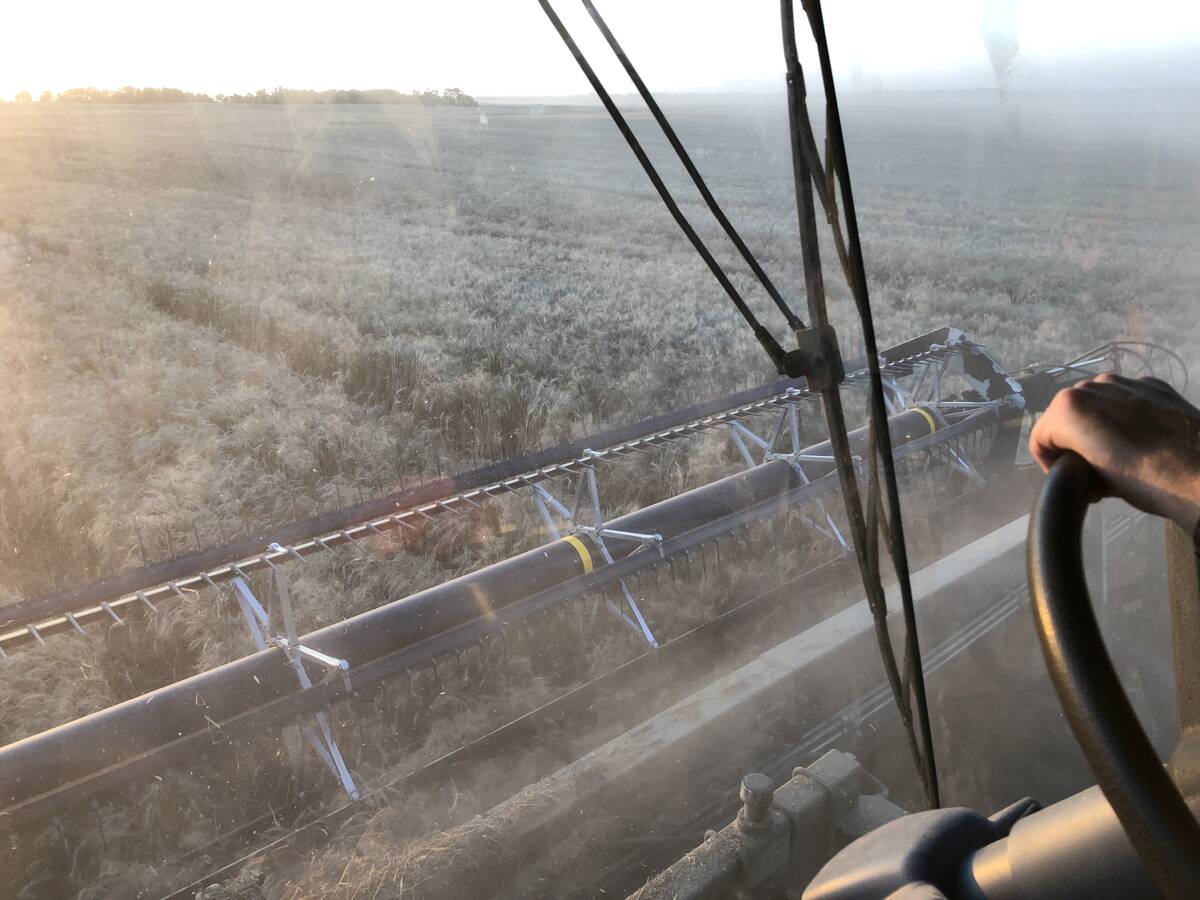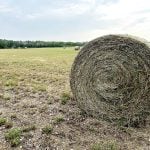(Resource News International) — The Canadian Wheat Board had been taking a cautious approach to making sales of wheat and barley for 2009-10 due to the lateness of the Prairie harvest, but the weather during the past two weeks has changed things significantly.
“The weather over the past two weeks has been nothing less than absolutely extraordinary and that has been great news for producers who have been trying to get a crop off,” said Gord Flaten, the CWB’s vice-president of marketing and sales.
“As a result of the improved weather, we now have a better handle of what we will be working with in terms of quantity and quality for both wheat and barley.”
Read Also

Mail strike disrupts grain sample delivery
The Canadian Grain Commission has asked farmers to consider delivering harvest samples directly to CGC offices, services centres or approved drop offs as Canada Post strike delays mail.
A couple of weeks ago, he acknowledged, the weather conditions seen across Western Canada were believed to have been detrimental for the quality of the wheat crop.
“We were using caution at that time in terms of forward-selling high-grade, high-protein wheat as the weather was expected to have caused some downgrading of the wheat crop in particular,” Flaten said.
The good weather has changed the CWB’s projection of what quantity and quality of wheat and barley it will have to work with during 2009-10, he said.
“The quality of the crop is going to be better than average predictions would have been a couple of weeks ago,” he said. “The odds are that we may still have some moisture and frost issues to deal with, but that is likely now going to affect a lower percentage of the crop than we would have expected a couple of weeks ago.”
Fine line
There is a fine line between having to be cautious in what the CWB can forward-sell because of limited supply and being aggressive, when there are ample supplies, he said.
While the harvest is far from complete, Flaten said the CWB is in a much more comfortable position than it was a couple of weeks ago and was making offers to customers accordingly.
Canada all-wheat production in 2009-10 will be down at 23.614 tonnes, he said, compared with 28.611 million in 2008-09. However, output is still going to exceed consumption, resulting in Canada’s wheat supply base increasing a bit.
A lot of the CWB’s customers want to make their purchasing decisions at this time, he said.
“One of the things the CWB tries to do, on a year-to-year basis, is to maintain customers who will buy a wide variety of grades,” he said.
Flaten said the CWB’s marketing of durum was proceeding as normal, given the large carry-in stocks heading into 2009-10.
Sales of malting barley by the CWB had also been on the cautious side up until recently, Flaten said.
The CWB normally tries to balance its sales of malting barley into the North American and offshore markets, while keeping Canada’s domestic maltsters supplied in order to run at capacity, he said.












